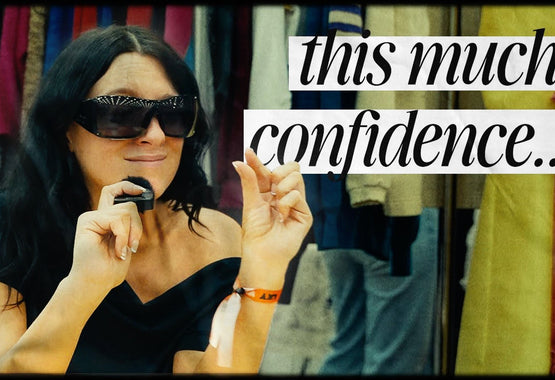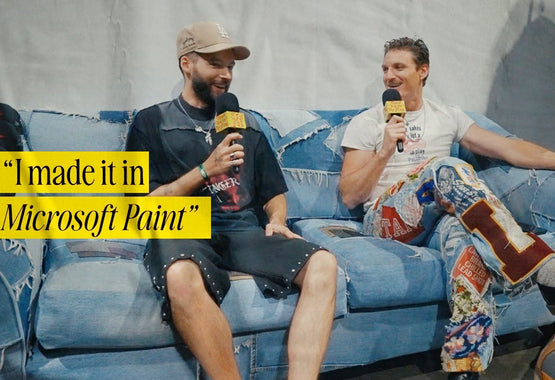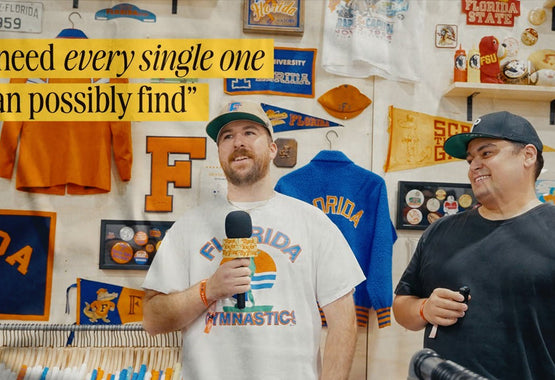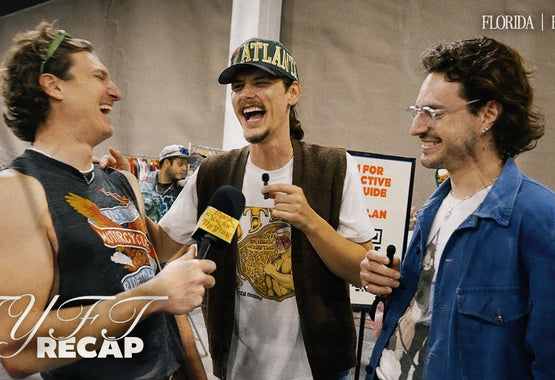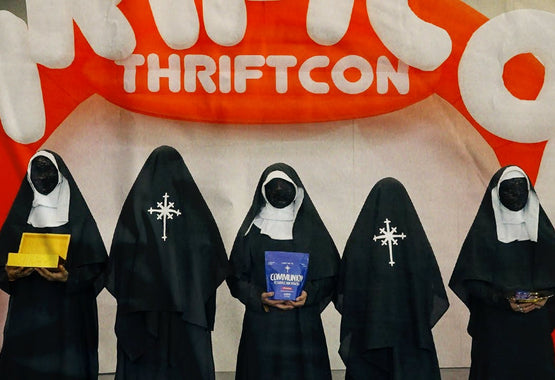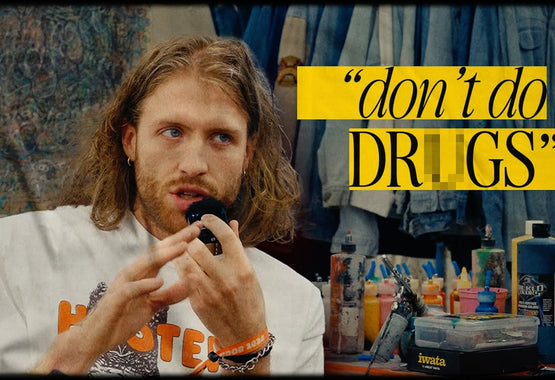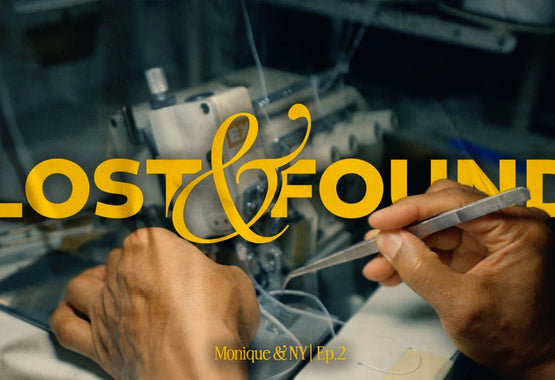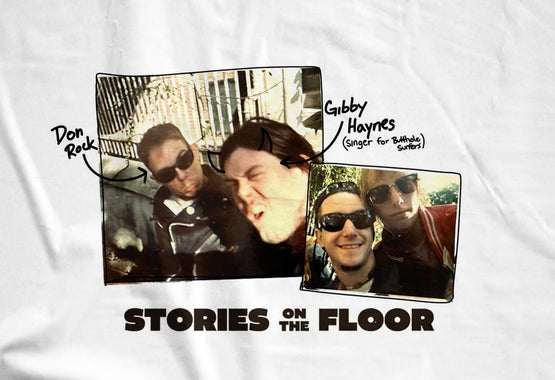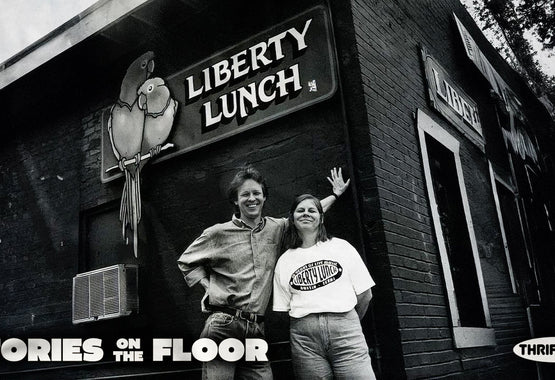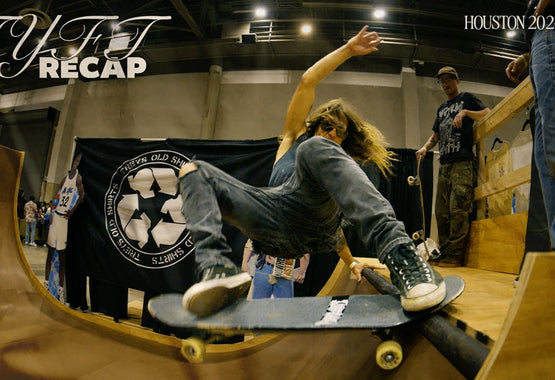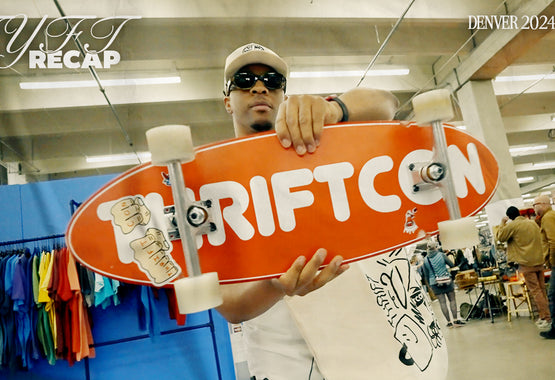Podcast: T-Shirt Activism w/ Journalist Marc Richardson
As one of the most recognizable and accessible pieces of clothing, the basic t-shirt has a long and prosperous resume as it relates to American history. Named simply for the shape it makes while lying flat on the ground, the tee can be pretty much anything you want it to be: a quick fit to answer the door. Support for your favorite team or band. Or a full-on show of solidarity with others to enact change in a complicated world.
But given its popularity now, the tee hasn’t always been "the thing" in fashion. In fact, it’s quite new if we’re looking at a timeline of us as a whole. It can be said that, prior to 1930, the modern t-shirt didn’t really exist, save for a few handmade versions of it. Even then, it was only bought by people through mail order magazines and used as underwear, not a legitimate piece fit for public consumption. Secretive even.
It took a push from popular media to really impact the t-shirt’s story. When actors like Harry Belafonte, James Dean and Marlon Brando appeared on the silver screen rocking only a tee over a chiseled bod in the 1950s, American men followed suit and began imitating their sex appeal. Wearing only a t-shirt became a sign of rebellion and youthful identity. This is where the tee started to weave itself into American history as not only a fashionable cut, but also a powerful tool used for progressive change.
Respect.
And it has technology to thank for it. When consumer culture really began to take off after World War II, newer, easier care fabrics found their way into the homes of Americans. Quicker manufacturing processes also took hold, which gave the tee an accessibility like no other before it. Couple that with the ability to customize them with anything creative minds could think of and it isn’t really all that shocking it’s been used the world-over to showcase identity.
Researchers believe the first graphic tee was worn on the Wizard of Oz movie set in 1939. Staff working on the costumes there wore shirts with the word “Oz” on them. That was it. From there, soldiers began appearing throughout magazines in the 1940s with various military slogans etched across their chests. Of course, it all turned political shortly thereafter, Thomas Dewey’s 1948 campaign slogan “Dew it for Dewey” is credited as being the first of what would become many.
The graphic tee’s power to enact solidarity in the masses wouldn’t be seen, however, until the 1960s when organized political organizations used it as a means of protesting things like the Vietnam War and social injustices. That storied tradition has been carried throughout decades. Images like the now famous Black Panther fist, portraits of leaders, crossed out swastikas, vulgar messages to authorities and — most recently — last words of the victims of police brutality are forever part of the conversation of American history through fashion.
To talk about the t-shirt and its role in cultural discourse we spoke with fashion journalist Marc Richardson. He’s a writer slash photographer and has published works in GQ Magazine, Grailed, Mr. Porter, Fashionista.com and many others.
For more Marc Richardson, follow him on the Tweet box here.

